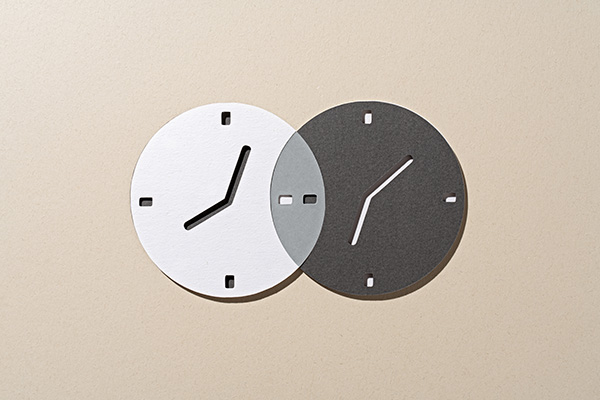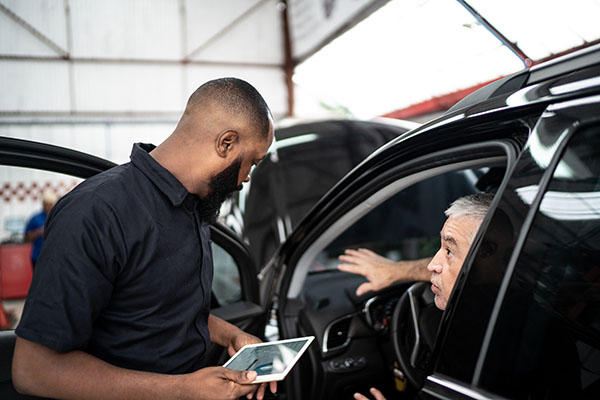Accessory Myth: “Accessory sales will take away from parts sales.”

Article Highlights:
- The entire dealership stands to gain more profit with accessory sales.
- "Parts departments could be earning a percentage of a much larger sum..."
Most dealerships today aren’t actively selling accessories; customers typically approach the parts department at their own discretion. So when I bring up actively selling accessories during the vehicle sale, the inevitable response from many parts managers is, “accessory sales will take profit away from my parts department.”
This brings us to accessory myth number four.
Parts managers say they are concerned that by actively promoting accessories during a vehicle sale and by adding the sales department into the mix, the commission for the sales reps will cut into their profits.
While this is technically correct—the sales team would earn a percentage of the accessory sales profit—the parts department and the dealership as a whole stand to gain more profit opportunities from a more active accessory-selling strategy.
An increase in sales will cover the difference from splitting profits.
Today, dealerships that don’t actively offer accessories to customers during a vehicle sale are earning only a few thousand dollars a month in accessory sales. Even if 100 percent of that money stays in parts, the department is hardly making a significant profit.
However, if a dealership actively promotes accessories, parts departments could earn a percentage of a much larger sum.
The 2017 Auto Accessories Trend Report looked at 150 dealerships across the country that have adopted new technology to sell accessories. These dealers reported a combined $59 million in accessory sales, with $197 in accessory profit from each unit sold. At these dealerships, even with parts only seeing a percentage of that money, the departments involved earned much more than they did previously.
Customers may come directly to the parts department anyway.
While sales may initially present accessories to customers as they are finishing their vehicle purchase, buyers might not jump on the opportunity right away. Some may wait to gauge what accessories they need, while others might not believe they have the finances to add accessories at the time of purchase.
Should those customers decide later to buy accessories, they very likely may head straight to the parts department, instead of to another retailer. This is a win-win for the parts department. They have a chance to sell accessories to a customer who might not have considered buying accessories at the dealership until they were shown the possibilities during the initial vehicle purchase. They also capture those profits for the department.
While concerns over lost profits in the parts department are understandable, the numbers show accessories can bring additional money into the dealership—provided dealers actively promote them. No matter where the sale originates, the entire dealership benefits from this more proactive accessory sale mindset.
Stay tuned for the next Accessory Myth article in an upcoming edition of Fuel.
Related Articles:

True Story: Night and Day Service Scheduling
What establishments do you frequently visit? They know you – your name, address, details from your last visit. Why shouldn’t your dealership be the same?

Managing Missed Appointments in Your Service Department
Are you properly handling the missed appointments in your service department?

Bringing Balance to the (Work) Force: Jedi Tactics for Defeating a…
As we celebrate May the 4th, let’s look beyond the stars and into our service departments, where a challenger nearly as daunting as Darth Vader…

3 Reasons You Need a CRM in Your Service Drive
If you’re not currently using a customer relationship management (CRM) tool in your service department, you’re probably wondering if it’s worth having. I present the…















